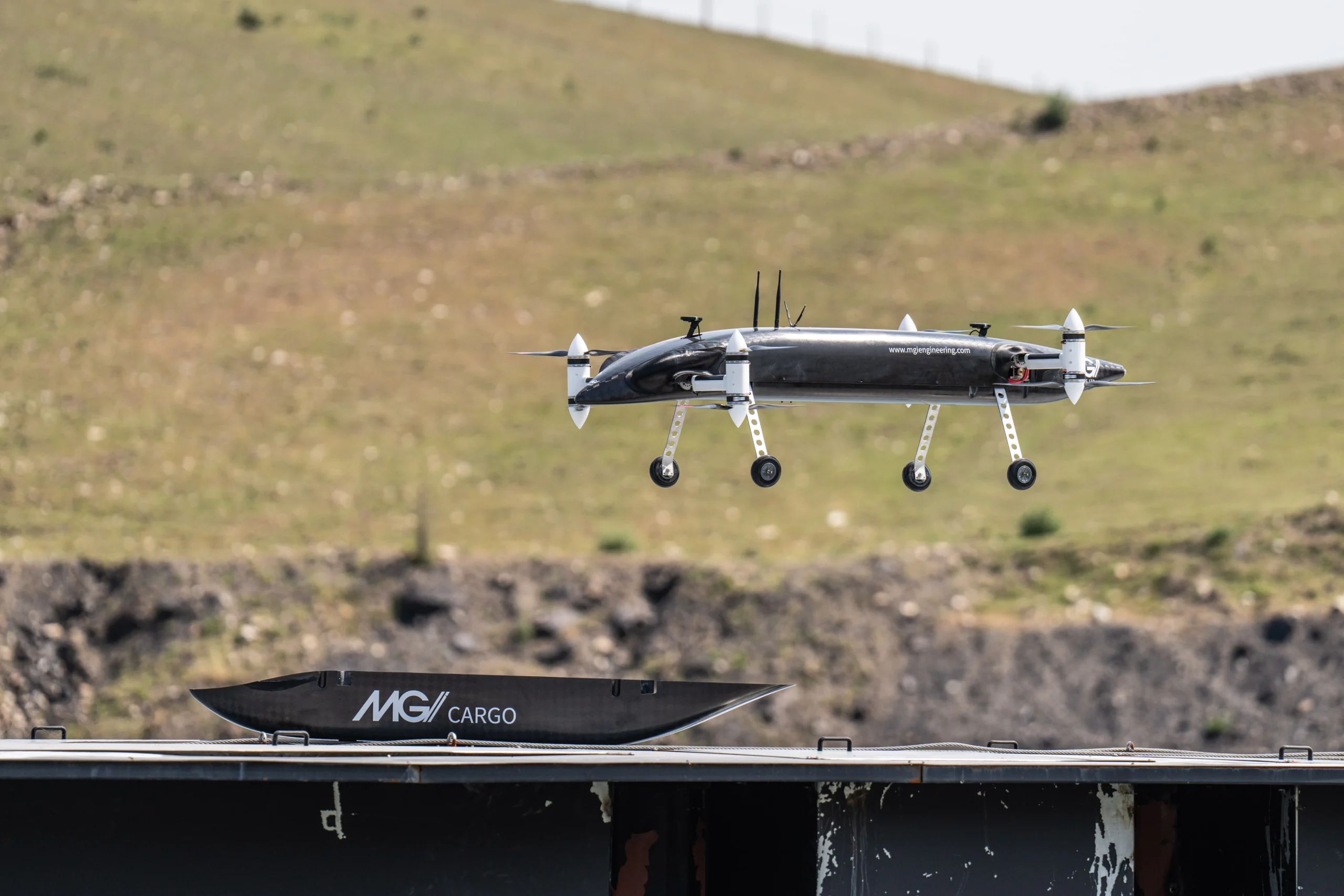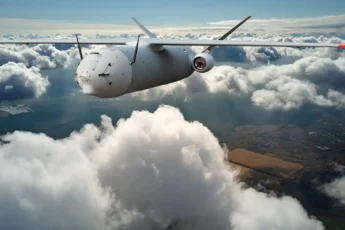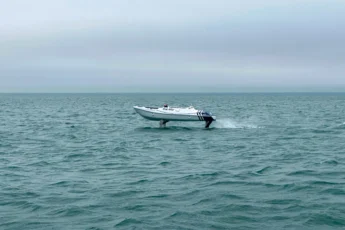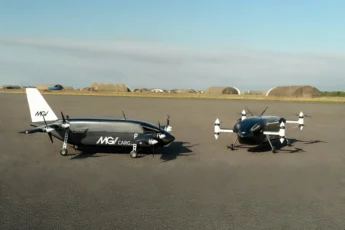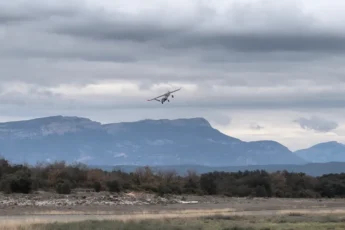In modern conflict zones and contested operational theatres, the ability to maintain secure and uninterrupted logistical supply lines is no longer a guarantee. Traditional logistics chains are increasingly vulnerable to disruption—whether through kinetic attacks, electronic warfare, or simply the inaccessibility of terrain. In such conditions, autonomous logistics platforms are emerging as a transformative solution.
Operating in “denied environments”—regions where access is limited or actively contested—requires resilient, adaptable, and low-signature logistics capabilities. These must be capable of navigating hostile terrain, delivering critical payloads without detection, and reducing the exposure of personnel. Whether crossing dense jungle, remote desert, urban ruins, or coastlines without landing points, autonomous systems are proving vital to sustaining operations at the tactical edge.
What Are Denied Environments?
Denied environments are areas where traditional logistics convoys or resupply aircraft cannot operate effectively due to the presence of threats, lack of infrastructure, or severe geographic challenges. These include:
- Hostile territory with active surveillance or air defence systems
- Regions subject to anti-access/area denial (A2/AD) tactics
- Disaster zones where infrastructure has collapsed
- Remote, hard-to-reach areas such as mountains, forests, or island chains
In these conditions, manned convoys or helicopter drops are either impractical or too risky. Instead, autonomy offers a strategic advantage—minimising human exposure while maximising delivery reliability.
The Strategic Role of Autonomous Logistics
Autonomous logistics systems go beyond simply replacing personnel. They offer capabilities uniquely suited to contested environments:
- Reduced electromagnetic signature, helping avoid detection
- Scalability, enabling mass deployment across dispersed units
- Precision navigation, even in GPS-degraded or jammed conditions
- Payload flexibility, from medical supplies to mission-critical equipment
- Low unit cost, allowing for expendable or one-way operations where necessary
These benefits are not hypothetical—they’re already being realised in defence applications through next-generation platforms that combine rugged mobility with AI-enabled navigation, adaptive routing, and modular design.
Land-Based Autonomy: Tactical Resupply at the Edge
On the ground, resupply operations face a complex matrix of risks. Forward operating bases (FOBs), dispersed patrols, and special operations units often operate deep within contested areas where roads are mined or monitored and airspace is hostile.
Autonomous land vehicles and low-profile aerial platforms provide the ideal solution. Operating without the need for human drivers or extensive ground support, they can:
- Deliver food, ammunition, or medical kits to cut-off units
- Evade detection using terrain-following navigation and low-altitude flight
- Operate on one-way missions, reducing cost and increasing mission flexibility
One example is the Mosquito — a compact, intelligent drone optimised for high-speed delivery in denied airspace. With a stealthy profile and low acoustic signature, Mosquito can navigate through urban canyons or forest cover to reach isolated units without exposing personnel to ambush or surveillance. For many defence clients, this kind of agile capability redefines what’s possible in forward logistics.
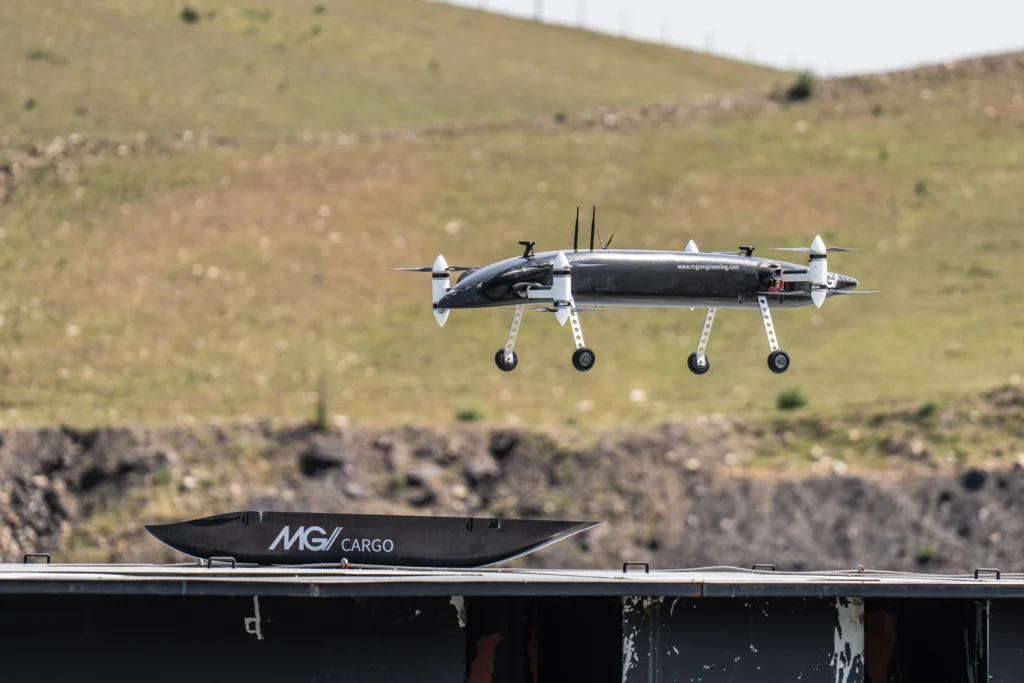
Maritime Autonomy: Overcoming the Shoreline Barrier
The maritime domain introduces a different set of constraints. Amphibious operations or coastal access missions often face the challenge of delivering supplies without ports, beaches, or helicopter landing zones. Cliffs, reefs, or hostile shoreline defences can all limit access.
This is where autonomous maritime systems come into their own—especially when integrated with aerial resupply. MGI Defence’s SeaGlide is a prime example of this paradigm in action. Designed to transport and deploy cargo drones like the R10 or Mosquito from offshore vessels, SeaGlide enables ship-to-shore delivery in areas that would otherwise be inaccessible.
Operating autonomously from motherships or surface vessels, SeaGlide navigates to the shoreline, then launches airborne resupply drones capable of navigating the remaining distance inland. This layered approach allows:
- Covert delivery beneath radar or visual detection
- Offshore resupply without the need for landing craft
- Rapid deployment of critical supplies to cliff-top positions or beyond obstacles
Such capabilities are especially valuable in archipelagic operations, grey zone conflict scenarios, and coastal disaster relief.

Navigating Without GPS: Autonomy in Contested Electromagnetic Space
Denied environments often include GPS-jamming or signal degradation as part of electronic warfare. Any autonomous system operating in this space must rely on robust navigation alternatives—such as:
- Visual-inertial odometry
- LIDAR-based terrain mapping
- Inertial Measurement Units (IMUs)
- Pre-loaded mission maps and adaptive route planning
Both SeaGlide and Mosquito are designed with this reality in mind. They are capable of mission execution even in complete GPS denial, using onboard intelligence and sensor fusion to maintain course accuracy and reach final delivery coordinates.
This is especially critical for autonomous logistics platforms operating beyond line-of-sight (BLOS), where remote piloting is either impossible or undesirable due to detection risk.
The Future of Autonomous Resupply
The trajectory of autonomous logistics is clear: greater autonomy, increased payload capacity, and tighter integration with multi-domain operations. As militaries shift toward smaller, more dispersed units operating semi-independently, the need for low-cost, modular resupply becomes critical.
Emerging innovations include:
- Swarm logistics, where multiple autonomous units coordinate delivery routes and adapt in real-time
- Autonomous load balancing, distributing supplies based on dynamic operational need
- On-demand delivery algorithms, enabling last-mile drop decisions based on changing battlefield conditions
MGI Defence is at the forefront of this innovation—leveraging a Formula 1-inspired approach to rapid prototyping, lightweight composite engineering, and integrated autonomy. Our platforms are designed for real-world deployment within weeks, not months, and always with mission success and operational survivability in mind.
Conclusion: Mission-Critical Autonomy for Complex Terrain
Autonomous logistics is not a future concept—it is a present-day capability that enables defence forces to operate faster, deeper, and safer in contested environments. Whether crossing mine-strewn ground, navigating dense coastal jungles, or flying under the radar through denied airspace, autonomous systems provide the resilience and agility modern forces require.
By removing the logistical tether to vulnerable supply convoys or manned aircraft, MGI Defence platforms enable operational freedom and support strategic decision-making in complex terrain.

